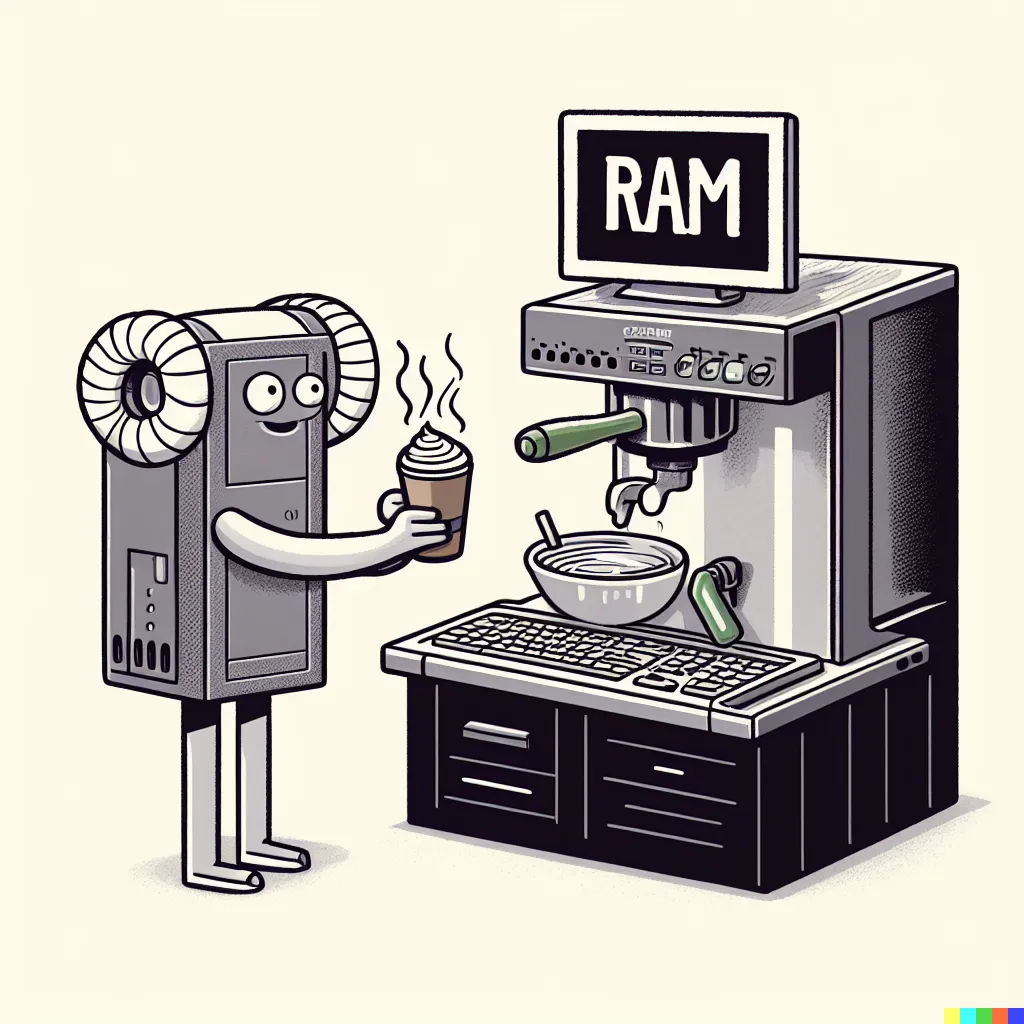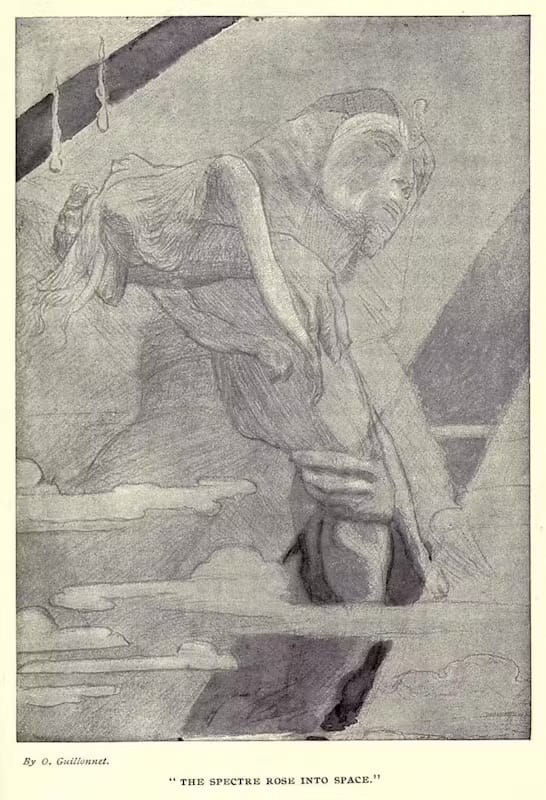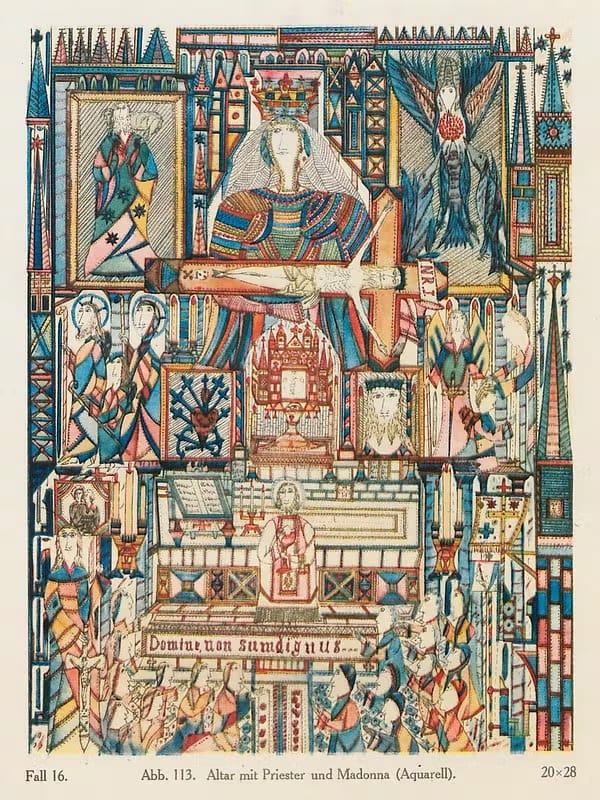Bridging the Distance in Problem Space
How CPUs actually move through the problem and solution space

The capacity to read, write, decode, and execute one clock cycle at a time allows a CPU to effectively bridge the gap between state transitions in the problem space (202306222324). The CPU's ability to jump enables it to move to different states conditionally, without having to pass through each one individually. This results in a tree-like leap from one section of the potential solution space to another (this is all within the set of repeatable problems, R). By looping, CPUs are able to pass data back and forth between two states until we accumulate enough information for a transition.
Reading, Decoding, Writing, Executing
Challenges in the set of reading, decoding, writing, and executing include: substituting old data with new, comprehending a massive amount of data, responding upon encountering a specific type of data, and modifying data to your heart's content.
Coffee Shop Example
Consider a situation at a coffee shop. You read the menu and decode the prices in your head. You mentally calculate the balance in your bank account (or, if it's on credit, you skip this step), and then you execute your decision by selecting the coffee you want and asking the barista to place your order. The barista decodes your order, enters it into the point of sale machine, and begins preparing the order once the credit card company reads the request, checks your account balance, compares the two numbers (decode + execute), and finally returns a positive or negative response. All these steps occur almost instantly and are partially carried out in the human brain and databases at the store and at the bank.
Jumping And Looping
Challenges in the set of jumping and looping include: making significant decisions that drastically alter the resultant execution based on decoded input, and repeating the same action multiple times to achieve an accumulation result.
Consider the example of exercising to get in shape. You go to the gym. You don't want to overwork your muscle groups, so you perform enough repetitions on one machine to gain strength, and then you jump to the cardio section to exercise there while resting your recently worked muscle group.
Breathing provides an even simpler example of looping. If you stop breathing, that's a critical problem. Recall that a problem represents a desire and a state. Not breathing is an undesirable state to be in. If you're still alive, your body will do everything in its power to restart the breathing loop and restore homeostasis, up to and including: gasping, wheezing, seizing the lungs, etc.
These universal tools are not only shared among specific use cases; they are universal because they can be applied to any conceivable problem <> solution situation.
Our brains and bodies also engage in reading raw input, decoding it, then conditionally jumping or looping, executing the resulting thought process, and finally recording the outcome in memory for future feedback loops.
Just like us, CPUs also perform these tasks, one clock cycle at a time!
bramadams.dev is a reader-supported published Zettelkasten. Both free and paid subscriptions are available. If you want to support my work, the best way is by taking out a paid subscription.




